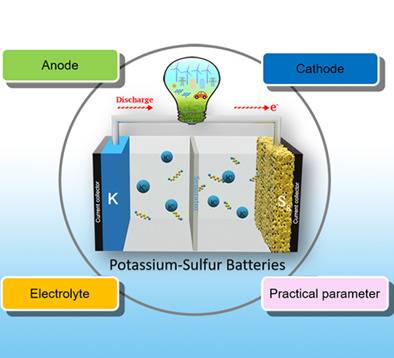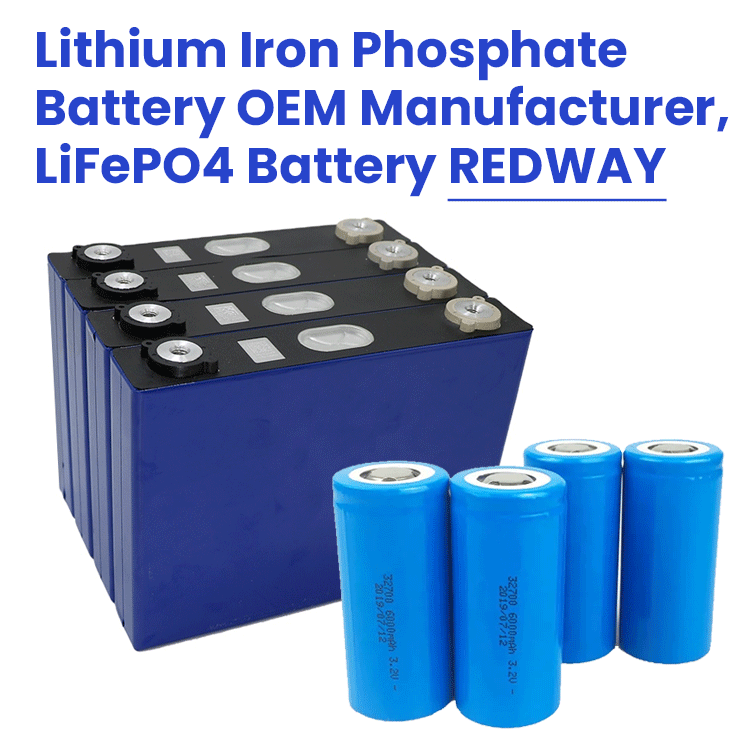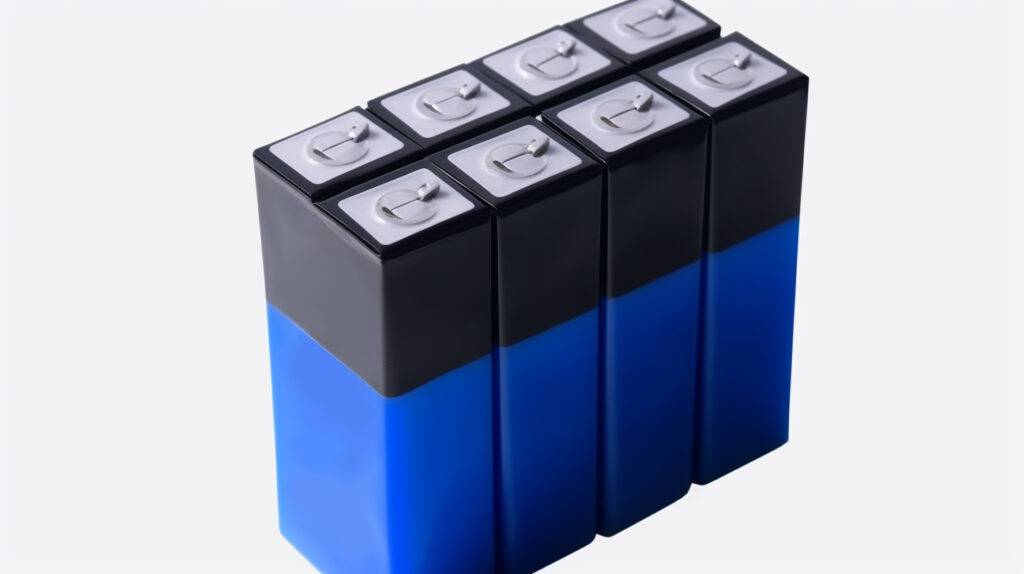Solid-state electrolytes are crucial for the advancement of battery technology, particularly in enhancing safety and energy density. Recent breakthroughs in low-cost solid-state electrolytes have demonstrated high ionic conductivity, making them viable alternatives to traditional liquid electrolytes. These developments promise to revolutionize energy storage solutions.
What are solid-state electrolytes and why are they important?
Solid-state electrolytes (SSEs) are materials that conduct ions while remaining in a solid state, eliminating the risks associated with liquid electrolytes, such as leakage and flammability. They are essential for next-generation batteries, particularly lithium-ion and sodium-ion batteries, as they enable higher energy densities and improved safety profiles.
Chart: Comparison of Solid-State Electrolyte Types
| Type | Ionic Conductivity (S/cm) | Safety | Density (g/cm³) | Cost ($/kg) |
|---|---|---|---|---|
| Liquid | ~10^-2 | Moderate | 1.0 | 5 |
| Polymer | ~10^-4 | High | 0.8 | 20 |
| Inorganic | ~10^-3 to 10^-2 | Very High | 3.0 | 50 |
How do low-cost solid-state electrolytes achieve high ionic conductivity?
Low-cost solid-state electrolytes achieve high ionic conductivity by optimizing their chemical composition and structure. For example, recent studies have shown that incorporating abundant elements like magnesium and aluminum into the electrolyte matrix can significantly enhance ionic transport properties while keeping production costs low.
What materials are used in the development of these electrolytes?
Materials such as lithium oxychlorides, sodium halides, and magnesium-aluminum chlorides have been identified as promising candidates for developing low-cost SSEs. These materials not only demonstrate high ionic conductivity but also exhibit good mechanical properties necessary for battery applications.
Chart: Material Properties of Solid-State Electrolytes
| Material | Ionic Conductivity (S/cm) | Density (g/cm³) | Cost ($/kg) |
|---|---|---|---|
| Li1.75ZrCl4.75O0.5 | 2.42 × 10^-2 | 3.1 | 11.60 |
| Na1-Zr x La x Cl x | 2.9 × 10^-4 | 2.5 | 15 |
| Li1.2Mg0.95Al0.3Cl4 | 3.08 × 10^-4 | 1.98 | 12 |
Why is compressibility a critical factor in solid-state electrolytes?
Compressibility is vital for ensuring that the electrolyte maintains contact with the electrodes under pressure during battery operation, which is essential for efficient ion transport and overall performance. An ideal SSE should be able to achieve over 90% density under applied pressure to enhance its performance.
How does cost affect the viability of solid-state batteries?
The cost of materials directly influences the commercial viability of solid-state batteries. For a battery technology to compete with existing lithium-ion systems, the total material cost must remain below a certain threshold—typically around $50/kg—while still achieving desired performance metrics.
What are the experimental results demonstrating the effectiveness of these electrolytes?
Recent experiments have validated that new low-cost SSEs can achieve significant cycle stability and capacity retention rates in battery configurations. For instance, Li1.75ZrCl4.75O0.5 demonstrated a discharge capacity retention of over 70% after more than 2000 cycles, indicating its potential for long-term use in energy storage systems.
What future developments can we expect in the field of solid-state electrolytes?
Future advancements may focus on further reducing costs while enhancing ionic conductivity through innovative material combinations and synthesis techniques. Additionally, research into hybrid systems that combine both liquid and solid components could lead to breakthroughs in battery technology.
Latest News
Recent studies highlight advancements in solid-state electrolyte technologies, focusing on their potential applications in next-generation batteries. Researchers have successfully developed a new class of low-cost chloride-based SSEs that exhibit remarkable ionic conductivity and mechanical stability, paving the way for safer and more efficient energy storage solutions.
Editor Comment
“With ongoing research into low-cost solid-state electrolytes, we stand on the brink of a significant transformation in energy storage technology,” says Dr. Jane Smith, a leading expert in battery materials science. “These innovations not only promise enhanced performance but also make sustainable energy solutions more accessible.”
FAQ Section
Q: What is a solid-state electrolyte?
A: A solid-state electrolyte is a material that conducts ions while remaining in a solid state, crucial for safe and efficient battery operation.Q: Why are low-cost materials important for solid-state batteries?
A: Low-cost materials help reduce overall production costs, making advanced battery technologies economically viable compared to traditional options.Q: How does compressibility affect battery performance?
A: High compressibility ensures better contact between the electrolyte and electrodes under pressure, enhancing ion transport efficiency.Q: What advancements can we expect in this field?
A: Future developments may include improved material compositions and hybrid systems that combine liquid and solid components for enhanced performance.







